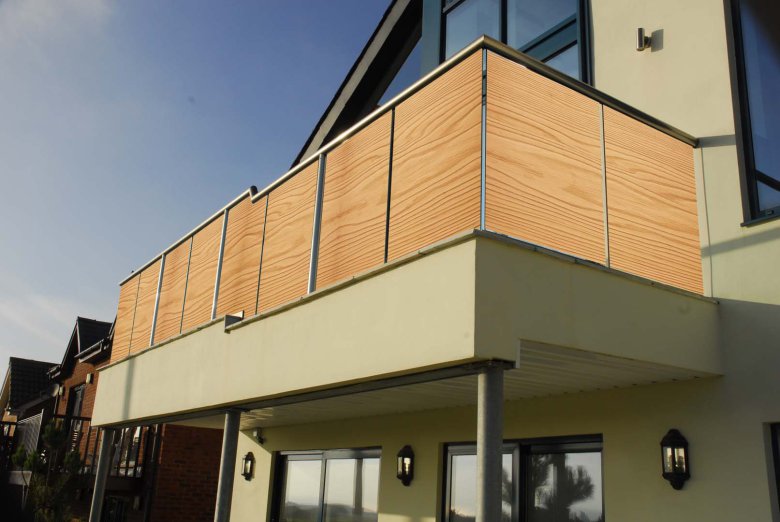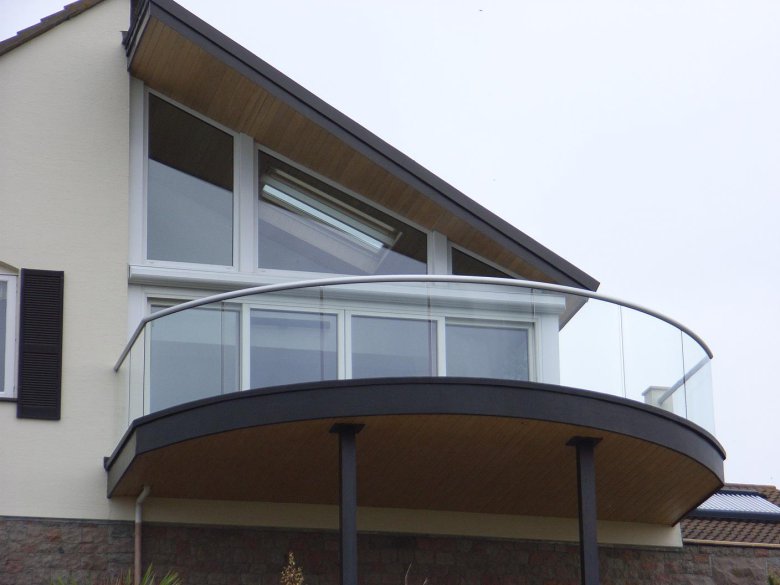- April 17, 2024

Everyone living in the house wants to have their own balcony, and certainly designs the house in such a way that it has a terrace. It is a place of rest, where you can relax during a free afternoon or weekend and invite friends. Even people living in blocks of flats usually buy apartments with a balcony - it's a substitute for their own garden, where you can put flowers in pots and put sun loungers on a sunny day. Terraces and balconies should be made in a solid way - but we don't always have the influence on it ourselves. What should I do if my balcony or terrace is leaking?
It's leaking - but why?
Both the terrace and the balcony should be a place where we charge batteries for the next week at work, or rest after a hard day. However, it can also be a place that causes a lot of trouble! Most often it is a defective design, to which the builders did not pay much attention. However, it does not necessarily have to be about executive errors. It may as well be a matter of wrong choice of materials and, above all, the influence of weather on the robustness of the whole structure. Both terraces and balconies are located outdoors, so they have to deal with harmful external influences. Rain, low and high temperatures, high sunshine, ice - all this has an impact on the material of the space. Over time, this can result in splinters on tiles and joints, cracks in the lining or simply leaks.
Step-by-step crack repair
A properly executed terrace or balcony will have a construction panel located lower than the floor in the adjacent room. This is to prevent overflowing through the threshold of possible water during the rain. The floor should be shaped in such a way that the water does not collect, but flows out to the gutters. The inheritance should, of course, be slight, so as not to endanger the safety of those who use it. However, it must be positioned from the wall adjacent to the bottom - so that water will flow out of the terrace, instead of gathering under the balcony or terrace doors. A similar repair from scratch is extremely important - otherwise, after some time, everything will leak again anyway. Some weak, concrete substrates even tend to stay intact for just one year for two people - that's very little! So it's better to build a solid construction - once in a while and for a long time. A thermal insulation layer and a damp-proof layer should be placed on the gradient foundation.

We start with a vapour barrier made of membranes or foil. Then comes the time for a layer of thermal insulation composed of foamed polystyrene. On top of that, again, a layer of insulation, for example, from films rolled onto the wall. Only then do we apply a pressure layer on the prepared substrate. When we talk about the pressure layer, we are talking about cement, which should be poured over the entire surface of the balcony or terrace, at a thickness of about 4 centimetres. At this point, once the cement has dried up, we start with waterproofing the tiles to prevent new cracks in the future. Waterproofing ensures that all possible expansions and shrinkages of materials (which is natural in our climate, where there are cold winters and hot summers) will not cause unwanted gaps. Therefore, we ourselves must create protected expansion joints - running one above the other, in the screed shaping the slope of our terrace/balcony and in the pressure layer.
Ceramic tiles - whose laying is the last stage of work - should be applied only after about 24 hours after the last layer of sealing has been applied. However, we must remember that the choice of appropriate tiles for a terrace cannot be determined only by their external appearance (although it is important that they match the style in which our house was built), but also - or perhaps above all - their properties. The tiles are placed outside and must therefore be resistant to all weather conditions they come into contact with. Let them be frostproof, waterproof, non-absorbent and abrasion-resistant.
Final work
Remember that the ceramic tiles chosen by us must be fixed to the mortar of semi-liquid consistency. Let's choose a mortar that can achieve a wide range of adhesive layer thicknesses (from 4 to 20 millimetres). The further away from the terrace door wall the thinner the mortar layer should be. Let's also fill in the joints between the tiles with great care. Let's use a flexible cement joint - one that will prolong the color fastness and will be resistant to moisture and abrasion. Finally, for greater safety, it is best to protect the terrace or balcony with an impregnating agent.